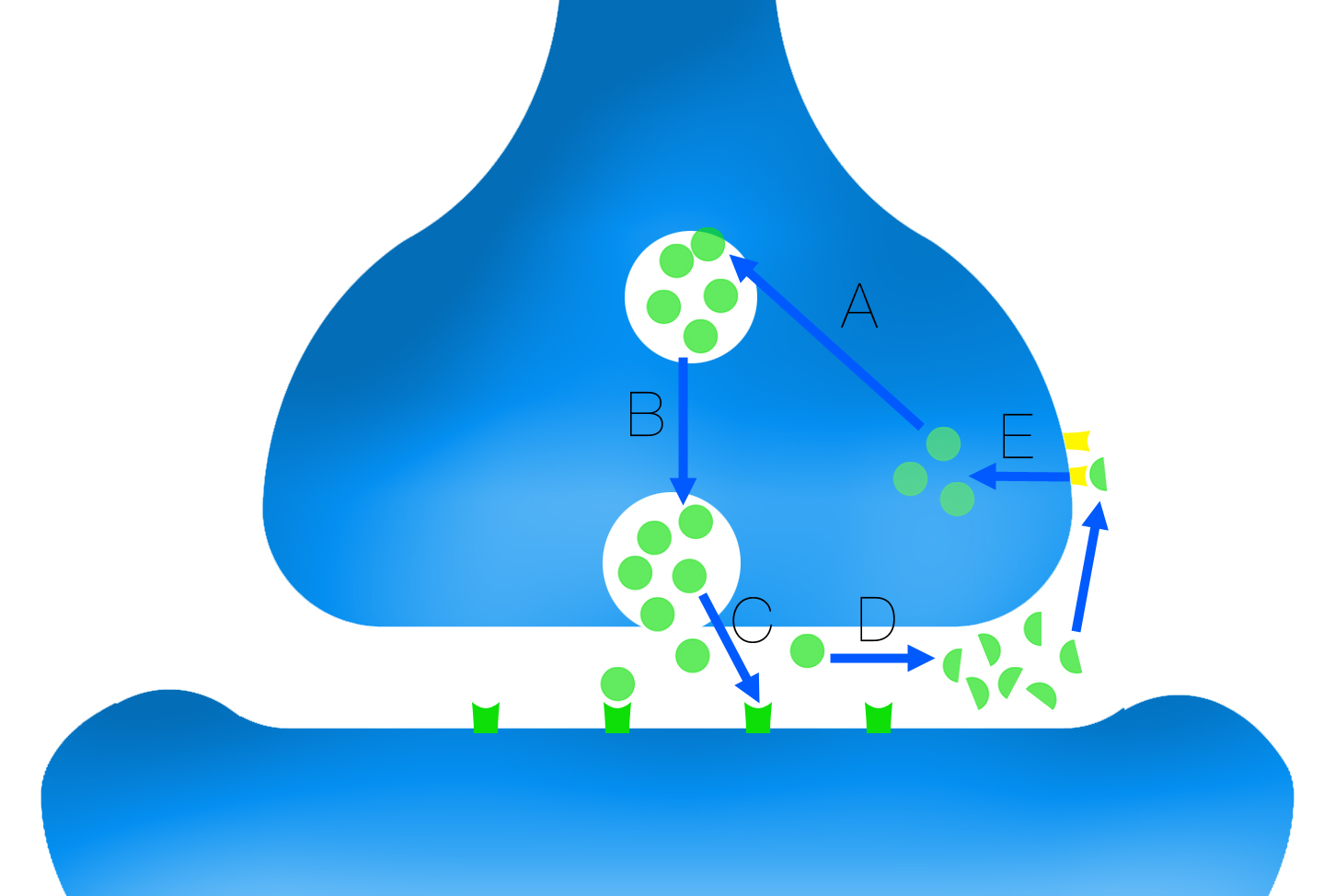WBR0546: Difference between revisions
Jump to navigation
Jump to search
Rim Halaby (talk | contribs) No edit summary |
No edit summary |
||
| Line 1: | Line 1: | ||
{{WBRQuestion | {{WBRQuestion | ||
|QuestionAuthor={{Rim}} | |QuestionAuthor={{Rim}}, {{AJL}} {{Alison}} | ||
|ExamType=USMLE Step 1 | |ExamType=USMLE Step 1 | ||
|MainCategory=Microbiology, Pathophysiology | |MainCategory=Microbiology, Pathophysiology | ||
| Line 20: | Line 20: | ||
|MainCategory=Microbiology, Pathophysiology | |MainCategory=Microbiology, Pathophysiology | ||
|SubCategory=Neurology, Infectious Disease | |SubCategory=Neurology, Infectious Disease | ||
|Prompt=A 34 year-old | |Prompt=A 34-year-old male is brought to the emergency room by his sister for severe nausea, vomiting, and abdominal cramps. The patient has difficulty speaking, so his sister explains that her brother began complaining of blurred vision and difficulty swallowing after his dinner of home-canned red peppers. Upon physical examination, you note generalized weakness, bilateral ptosis, facial muscle drooping, and hyperventilation. The patient's saturation drops rapidly requiring emergent intubation. Which of the following steps is likely inhibited in this patient? | ||
[[Image:Synapse_q.jpg|600px]] | [[Image:Synapse_q.jpg|600px]] | ||
|Explanation=Clostridium botulinum | |Explanation=''[[Clostridium botulinum]]'', a Gram-positive spore forming bacillus, produces an exotoxin referred to as the botulinum toxin. ''[[Clostridium botulinum]]'' thrives in anaerobic conditions, and food-borne illness occurs following the ingestion of the botulinum toxin, frequently from home-canned vegetables prepared without following standard safety methods. Infant botulism frequently manifests in infants fed honey containing the bacteria. Botulinum toxin is inactivated by high temperatures. | ||
Botulinum toxin acts by blocking acetylcholine vesicle release from the pre-synaptic cleft leading to flaccid paralysis of all muscles | Botulinum toxin acts by blocking the acetylcholine vesicle release from the pre-synaptic cleft, leading to flaccid paralysis of all muscles. | ||
|EducationalObjectives= Botulinum toxin acts by blocking the acetylcholine vesicle release from the pre-synaptic cleft, leading to flaccid paralysis of all muscles. It is produced by ''[[Clostridium botulinum]]'', an anaerobic Gram-positive bacillus. | |||
|References= Cherington M. Clinical spectrum of botulism. Muscle Nerve. 1998;21(6):701-10. | |||
|AnswerA=A | |AnswerA=A | ||
|AnswerAExp=This refers to neurotransmitter integration into vesicles. Reserpine and vesamicol | |AnswerAExp=This refers to neurotransmitter integration into vesicles. Reserpine and vesamicol act by inhibiting vesicle formation, but botulinum has no effect on vesicle formation. | ||
|AnswerB=B | |AnswerB=B | ||
|AnswerBExp=This refers to vesicle release into the synaptic cleft inhibited in botulism. The botulinum toxin prevents the release of acetylcholine containing vesicles leading to flaccid paralysis. | |AnswerBExp=This refers to vesicle release into the synaptic cleft inhibited in botulism. The botulinum toxin prevents the release of acetylcholine containing vesicles, leading to flaccid paralysis. | ||
|AnswerC=C | |AnswerC=C | ||
|AnswerCExp=This refers to neurotransmitter binding to specific receptors on the post-synaptic membrane. Neurotransmitter antagonists | |AnswerCExp=This refers to a neurotransmitter binding to specific receptors on the post-synaptic membrane. Neurotransmitter antagonists often use this mechanism. | ||
|AnswerD=D | |AnswerD=D | ||
|AnswerDExp=This refers to neurotransmitter degradation. | |AnswerDExp=This refers to neurotransmitter degradation. Acetylcholinesterase inhibitors act by hindering the breakdown of acetylcholine at the synaptic cleft. | ||
|AnswerE=E | |AnswerE=E | ||
|AnswerEExp=This refers to the | |AnswerEExp=This refers to the re-uptake of neurotransmitters, which is inhibited by amphetamines and cocaine. | ||
|RightAnswer=B | |RightAnswer=B | ||
|WBRKeyword=Clostridium botulinum, Botulism, Neurotransmitter, | |WBRKeyword=Clostridium botulinum, Botulism, Neurotransmitter, mechanism of action, neuroscience, neurology, | ||
|Approved= | |Approved=Yes | ||
}} | }} | ||
Revision as of 19:14, 31 July 2014
| Author | [[PageAuthor::Rim Halaby, M.D. [1], Alison Leibowitz [2] (Reviewed by Alison Leibowitz)]] |
|---|---|
| Exam Type | ExamType::USMLE Step 1 |
| Main Category | MainCategory::Microbiology, MainCategory::Pathophysiology |
| Sub Category | SubCategory::Neurology, SubCategory::Infectious Disease |
| Prompt | [[Prompt::A 34-year-old male is brought to the emergency room by his sister for severe nausea, vomiting, and abdominal cramps. The patient has difficulty speaking, so his sister explains that her brother began complaining of blurred vision and difficulty swallowing after his dinner of home-canned red peppers. Upon physical examination, you note generalized weakness, bilateral ptosis, facial muscle drooping, and hyperventilation. The patient's saturation drops rapidly requiring emergent intubation. Which of the following steps is likely inhibited in this patient? |
| Answer A | AnswerA::A |
| Answer A Explanation | AnswerAExp::This refers to neurotransmitter integration into vesicles. Reserpine and vesamicol act by inhibiting vesicle formation, but botulinum has no effect on vesicle formation. |
| Answer B | AnswerB::B |
| Answer B Explanation | AnswerBExp::This refers to vesicle release into the synaptic cleft inhibited in botulism. The botulinum toxin prevents the release of acetylcholine containing vesicles, leading to flaccid paralysis. |
| Answer C | AnswerC::C |
| Answer C Explanation | AnswerCExp::This refers to a neurotransmitter binding to specific receptors on the post-synaptic membrane. Neurotransmitter antagonists often use this mechanism. |
| Answer D | AnswerD::D |
| Answer D Explanation | AnswerDExp::This refers to neurotransmitter degradation. Acetylcholinesterase inhibitors act by hindering the breakdown of acetylcholine at the synaptic cleft. |
| Answer E | AnswerE::E |
| Answer E Explanation | AnswerEExp::This refers to the re-uptake of neurotransmitters, which is inhibited by amphetamines and cocaine. |
| Right Answer | RightAnswer::B |
| Explanation | [[Explanation::Clostridium botulinum, a Gram-positive spore forming bacillus, produces an exotoxin referred to as the botulinum toxin. Clostridium botulinum thrives in anaerobic conditions, and food-borne illness occurs following the ingestion of the botulinum toxin, frequently from home-canned vegetables prepared without following standard safety methods. Infant botulism frequently manifests in infants fed honey containing the bacteria. Botulinum toxin is inactivated by high temperatures.
Botulinum toxin acts by blocking the acetylcholine vesicle release from the pre-synaptic cleft, leading to flaccid paralysis of all muscles. |
| Approved | Approved::Yes |
| Keyword | WBRKeyword::Clostridium botulinum, WBRKeyword::Botulism, WBRKeyword::Neurotransmitter, WBRKeyword::mechanism of action, WBRKeyword::neuroscience, WBRKeyword::neurology |
| Linked Question | Linked:: |
| Order in Linked Questions | LinkedOrder:: |
